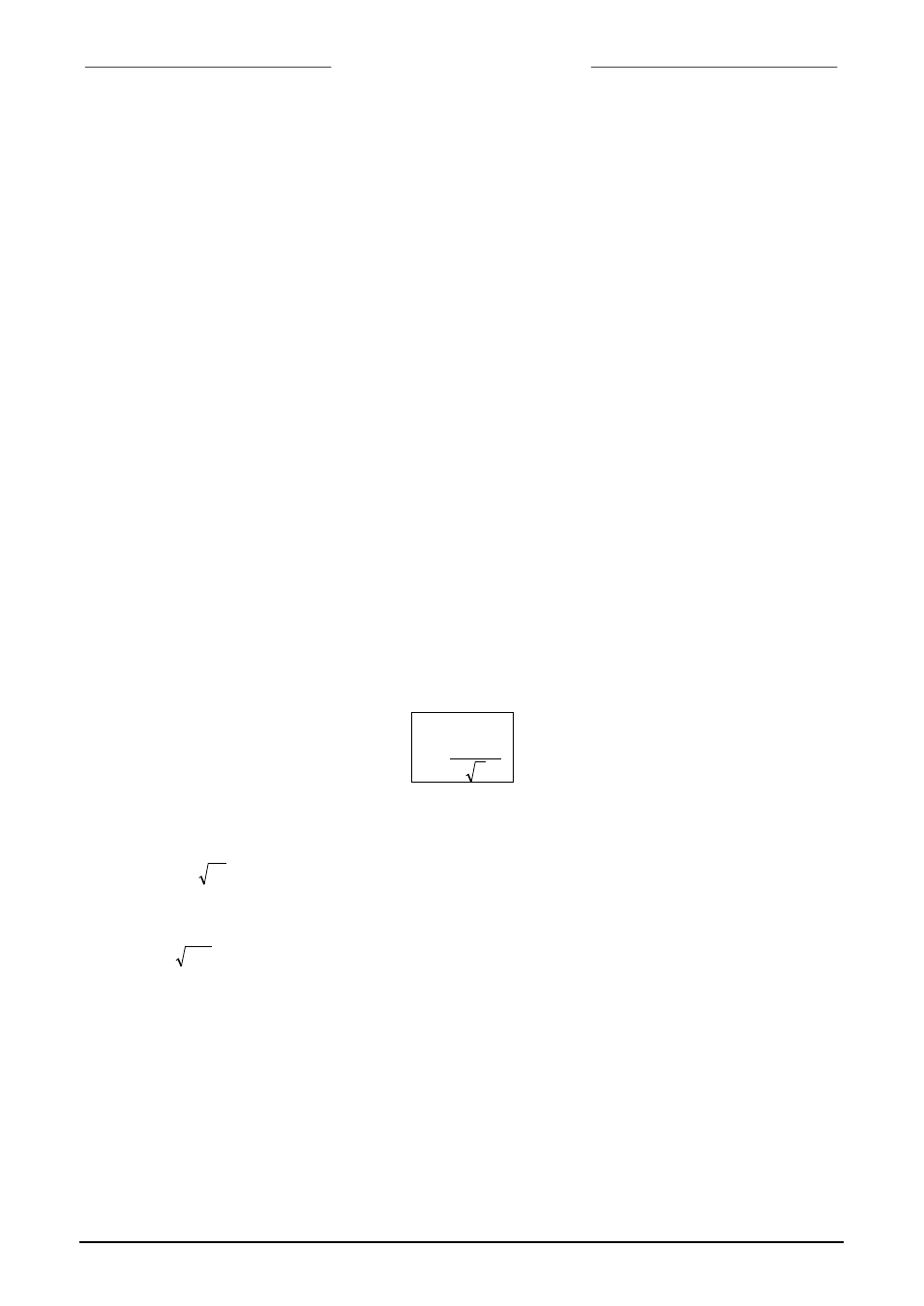5 in-line filter, 6 fluid connections, 7 piping – Bronkhorst Mass Flow User Manual
Page 16

BRONKHORST HIGH-TECH B.V.
2.5 In-line filter
Although fluids to be measured should be absolutely free of dirt, oil, moisture and other particles, it is
recommended to install an in-line filter upstream of the flowmeter / controller, and if backflow can occur, a
downstream filter is recommended too. Be aware of the pressure drop caused by the filter.
On the inlet of some instruments a screen is placed to prevent foreign matter from entering the instrument
and to maintain a good flowpattern. This device
cannot be seen as a filter element.
Contact your distributor for further information.
2.6 Fluid connections
Bronkhorst High-Tech B.V. meters / controllers are equipped with compression or face-seal-fittings. For
some instruments these fittings are orbitally welded to the body. For leak tight installation of compression
type fittings be sure that the tube is inserted to the shoulder in the fitting body and that no dirt or dust is
present on tube, ferrules or fittings. Tighten the nut fingertight; while holding the instrument, then tighten the
nut 1 turn. If applicable follow the guidelines of the supplier of the fittings. Special types of fittings are
available on request.
While tightening fittings, do not apply excessive force, in order to avoid damaging in/output thread or other
sensitive parts of your instruments.
* Note: Always check your system for leaks, before applying fluid pressure. Especially if toxic, explosive or
other dangerous fluids are used.
2.7 Piping
BE SURE THAT PIPING IS ABSOLUTELY CLEAN!
DO NOT install small diameter piping on high flowrates, because the inlet jetflow will affect the accuracy.
DO NOT mount abrupt angles direct on in- and outlet, especially not on high flowrates. We recommend at
least 10 pipe diameters distance between the angle and the instrument.
DO NOT mount pressure regulators direct on the inlet of gas flow meters/controllers, but allow some meters
of piping (at least 25 D). Special attention should be taken at high flow rates with flow controllers. An up- and
downstream buffer is needed with a volume calculated according to the following formula:
V
d
≥ 015
2
,
ρ
in which:
V = Volume in litres
d = orifice diameter in mm
ρ
= density at normal conditions
d = 7,6 k
v
Example:
Flow controller at 500 l
n
/min Air and orifice diameter d = 4 mm, needs for stable control a buffer volume of:
V ≥
⋅
=
015 4
129 21
2
,
: ,
,
litres
Also the capacity of the pressure regulator should be at least 2 times the flow controller, so in this case
2 ⋅ 500 = 1,000 l
n
/min.
page 16
9.17.001
